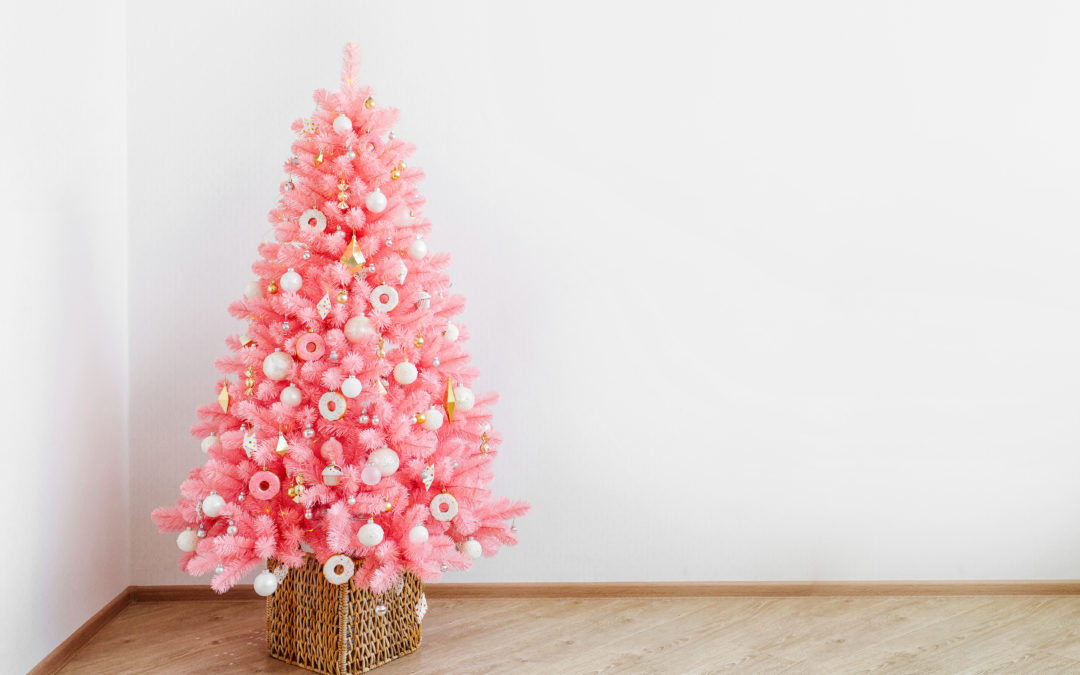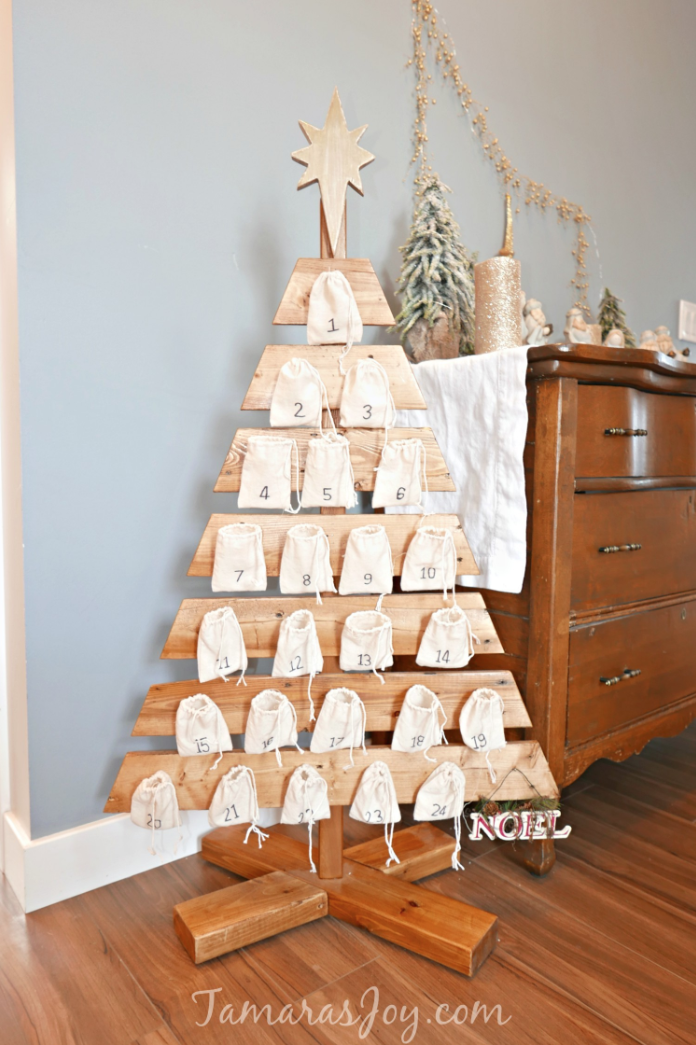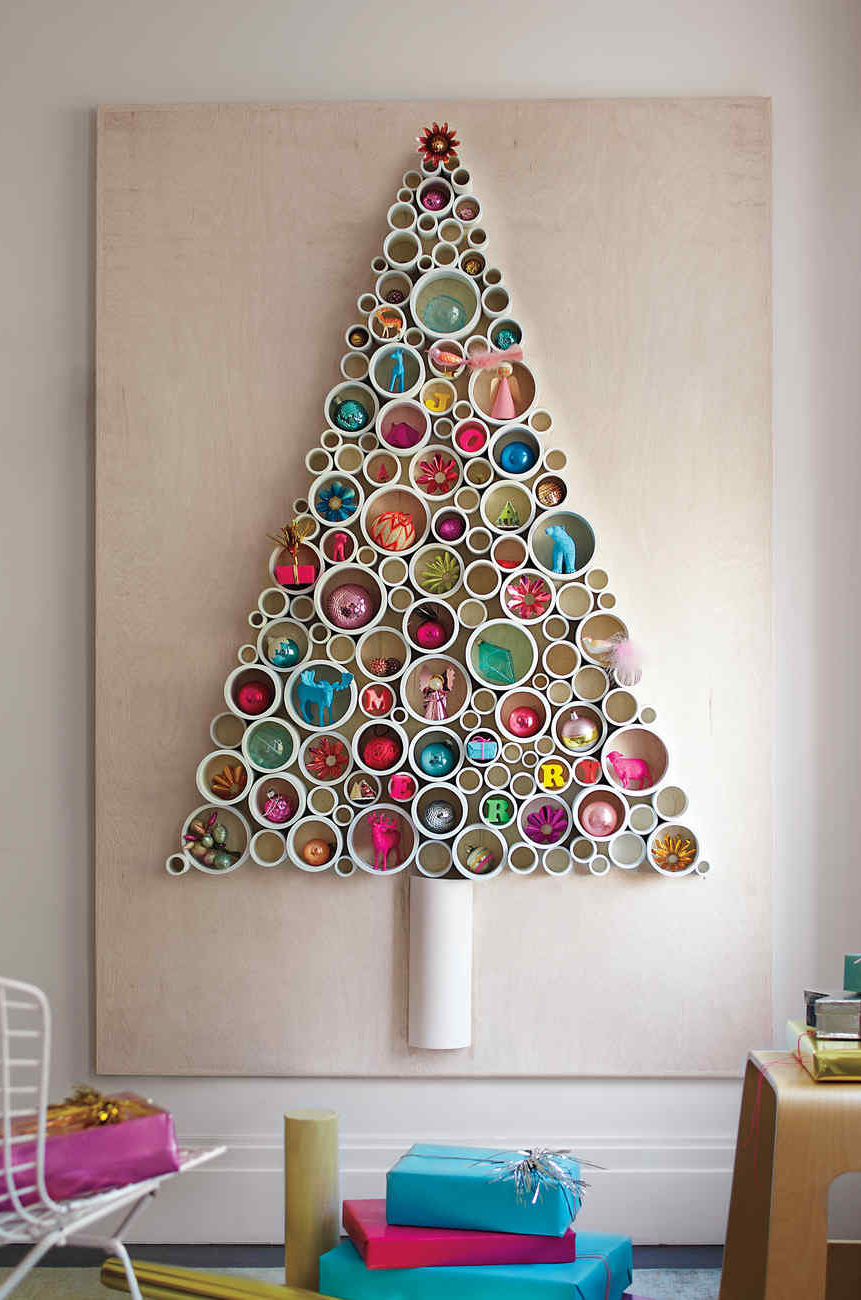Over the last couple of decades, artificial Christmas trees have grown in popularity for understandable reasons: they come in all sizes, you no longer have pine needles everywhere, they have a perfect shape they are cost effective since you can amortise the initial purchase price over many years of use. Because they can be reused year after year they also are often presented as a sustainable option – after all, the sustainable motto is reduce – reuse – recycle, so it makes sense. This was indeed my belief and one of the driving reasons I was happy with my little artificial Christmas tree we have had for over 5 years (that and the money saving thing…mostly the money saving thing, let’s be honest).
Last year however I was feeling nostalgic for a real Christmas tree, there is something special about the smell of pine in your living room that really invokes Christmas. But the moment I thought about purchasing a cut tree, I immediately thought I was considering forest murder and that it undoubtedly contributed to global deforestation, so I was torn between my authentic tree dreams and artificial existing solution. That said, it is never good to make decision based on assumptions and so I researched the environmental impact of cut Christmas trees and their alternatives. I was surprised to discover that my artificial Christmas tree was not the most sustainable option out there and there are strong arguments for opting for different solutions. Here are my 4 sustainable alternatives to artificial Christmas trees:
1. Traditional Cut Christmas trees
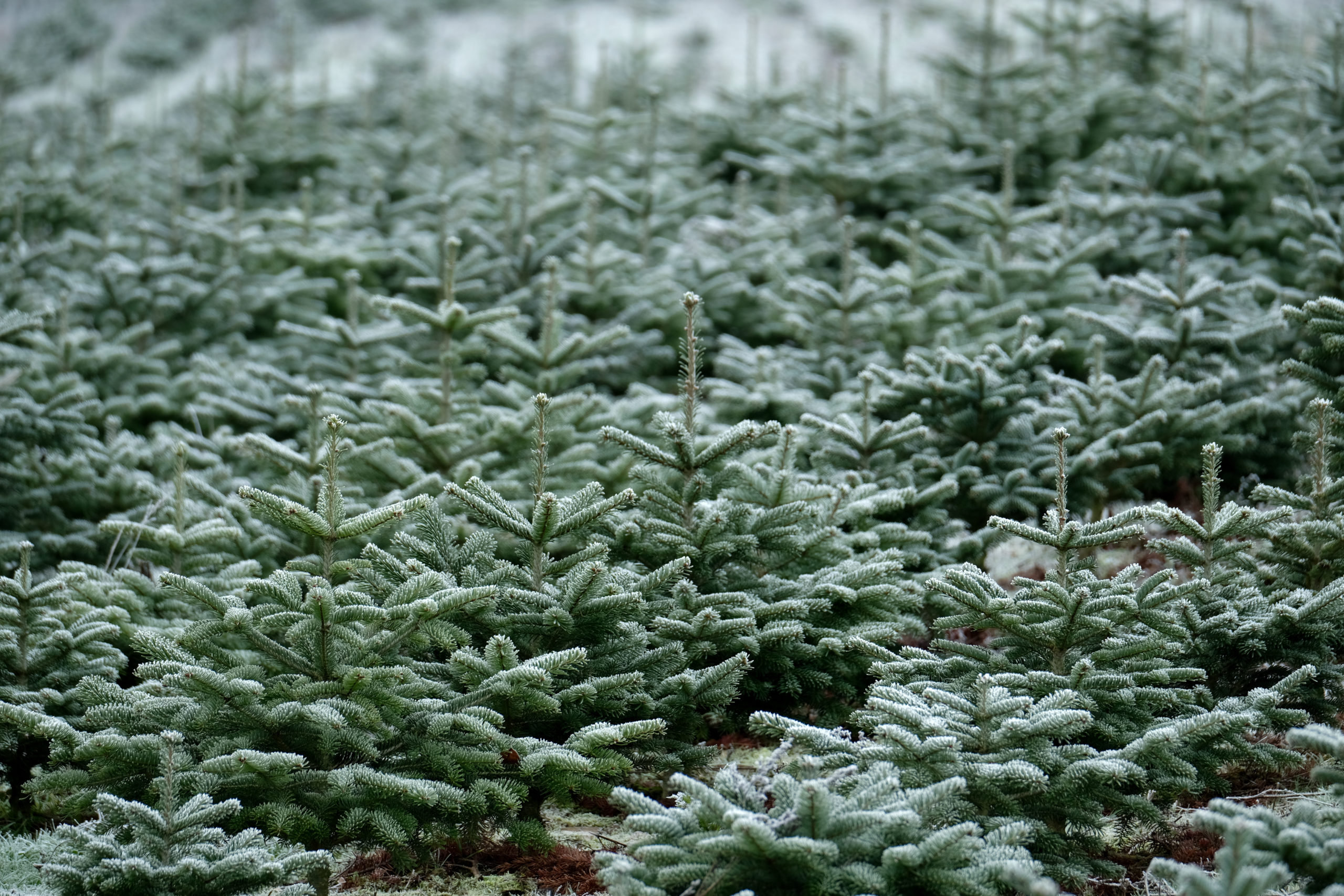
The most important misconception I had about cut Christmas trees was relating them to deforestation when they relate more to a vegetable patch than a forest. This is because they are managed the same way as a crop which you plant, grow and harvest. Therefore you should not feel any more guilty about buying a Christmas tree from your local nursery than purchasing carrots from your local farmer. Additionally, real Christmas trees have these further advantages:
- While they mature in the nursery, they absorb CO2, therefore contributing to offsetting our carbon footprint
- When they have finished adorning our homes, offices or stores, they are transformed into compost or biomass, a recycling process and energy source that generate little CO2
- They often can be sourced locally whereas artificial trees are often produced in China. To compensate the CO2 required to make, transport and recycle a plastic tree, it will need to be used for over 15 years.
- And did I mention the wonderful pine smell that will envelop your home in the most wonderful Christmas scent
The only inconveniences of a cut tree are that you will need a stand, that they are not always easy to recycle (though if you live in Switzerland like me, most cities do schedule a special pick up service, so you just need to drop your tree in front of your building) and that their pine needles get everywhere.
But my next solution can help resolve some of those disadvantages while also being even more sustainable.
2. Potted Christmas trees
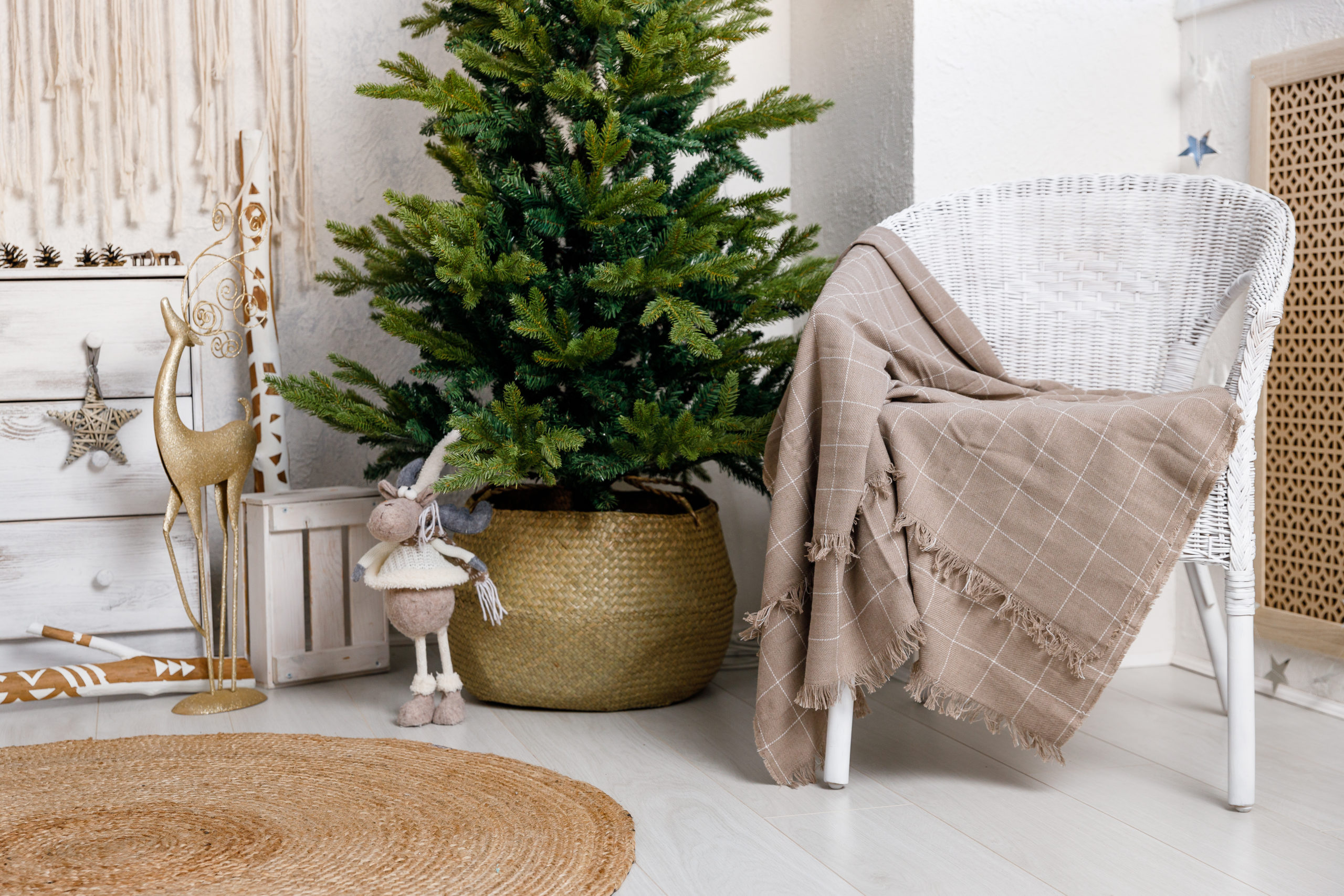
A Potted Christmas tree has of course many of the same advantages as a cut one with regards to absorbing CO2, recycling options and it’s woody scent, but in addition to that it has the following benefits:
- Nurseries can rent them out, we get ours through ecosapin.ch (available in Switzerland and France) who deliver the tree and retrieve it after the holidays. It’s completely hassle-free
- If the tree is healthy enough after the holidays it will return to the earth at the nursery, where it will continue to absorb C02 until next Christmas when it will be rented out again
- If you purchase a potted tree rather than rent, you can plant it in your own back yard
- In both cases you save storage room compared to a plastic tree which is especially important if you live in an apartment with limited attic/basement space
The pot also serves as a stand so there is no need to purchase one separately. The only issue the potted Christmas tree does not solve are the pine needles. To spare having to clean those up I suggest reading further.
3. DIY Christmas tree
If you are not attached to the idea of a real or close-to-real tree, there are many other creative alternatives which you can make yourself or buy from ingenious artisans.
Making your own is a great way to recycle and can be a great activity with kids. It is also a cost-effective solution, especially in comparison to real Christmas trees which can be expensive.
To ensure the impact remains minimal, check that it is made from low-impact or recycled material that is sourced as locally as possible. Here are some of my favorite DIY and designer options:
Palette Christmas tree that pairs as an advent calendar – find the tutorial on www.tamarasjoy.com
PVC pipe DIY Christmas tree – find the instruction to make your own on www.marthastewart.com
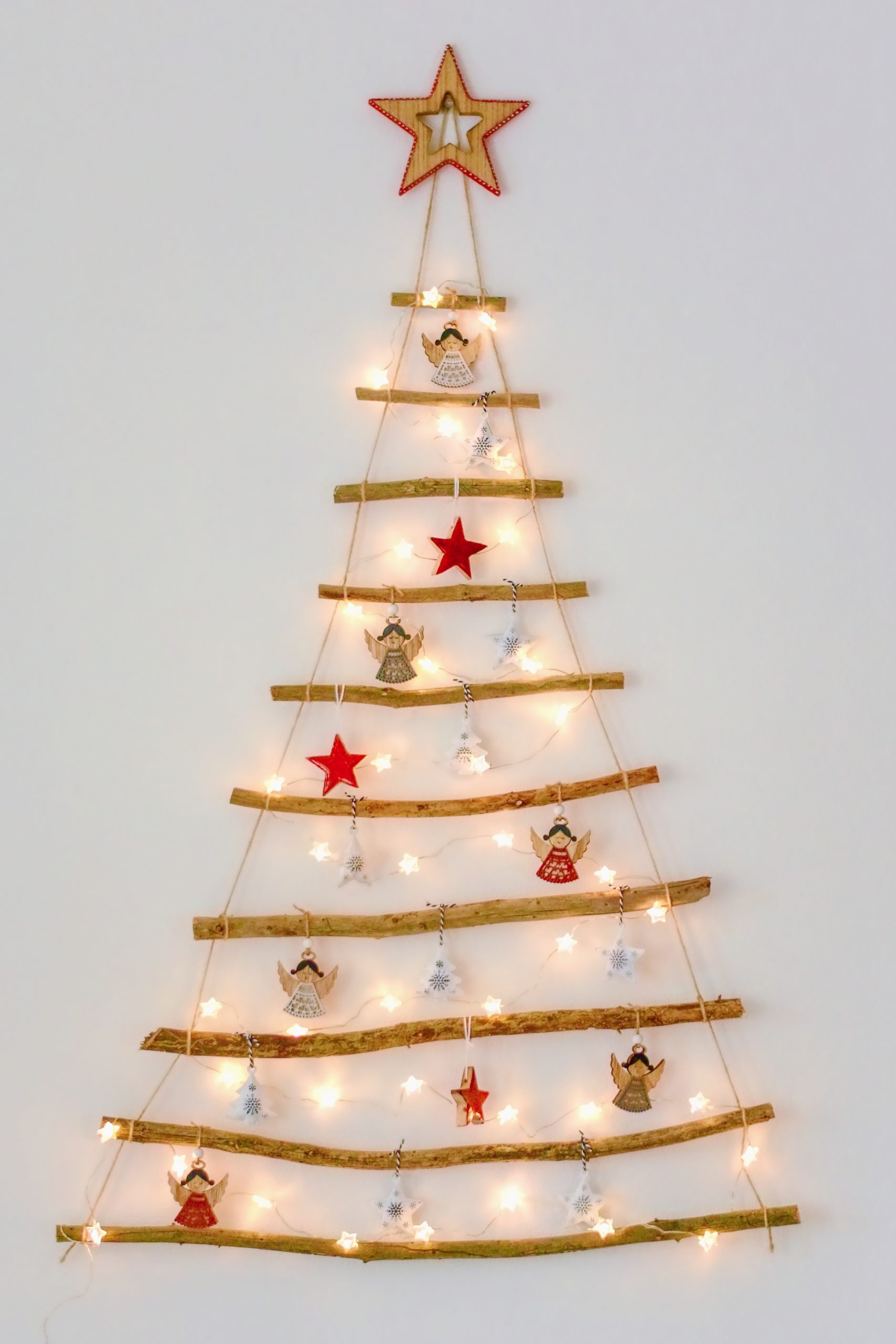
There are many dyi branch Christmas tree options made from all natural products – my favorite model is by Sofia Clara, find her tutorial here: www.sofiaclara.com

Designer tree from www.monbosapin.ch – made with swiss wood and fabricated locally, it can be easily dismantled to be stored and reused
4. No Christmas tree
Finally, some will argue that the most sustainable option is to simply not have a Christmas tree. In essence this is true, as it is with most things, if we simply did not have them it would be more sustainable. This however is not always realistic and in the case of the Christmas tree, not necessarily beneficial. Of course, it minimises the environmental impact we have, but one of the pillars of sustainability is also community. Community is often created around, preserved, and strengthened by traditions, the value of which should not be undermined.
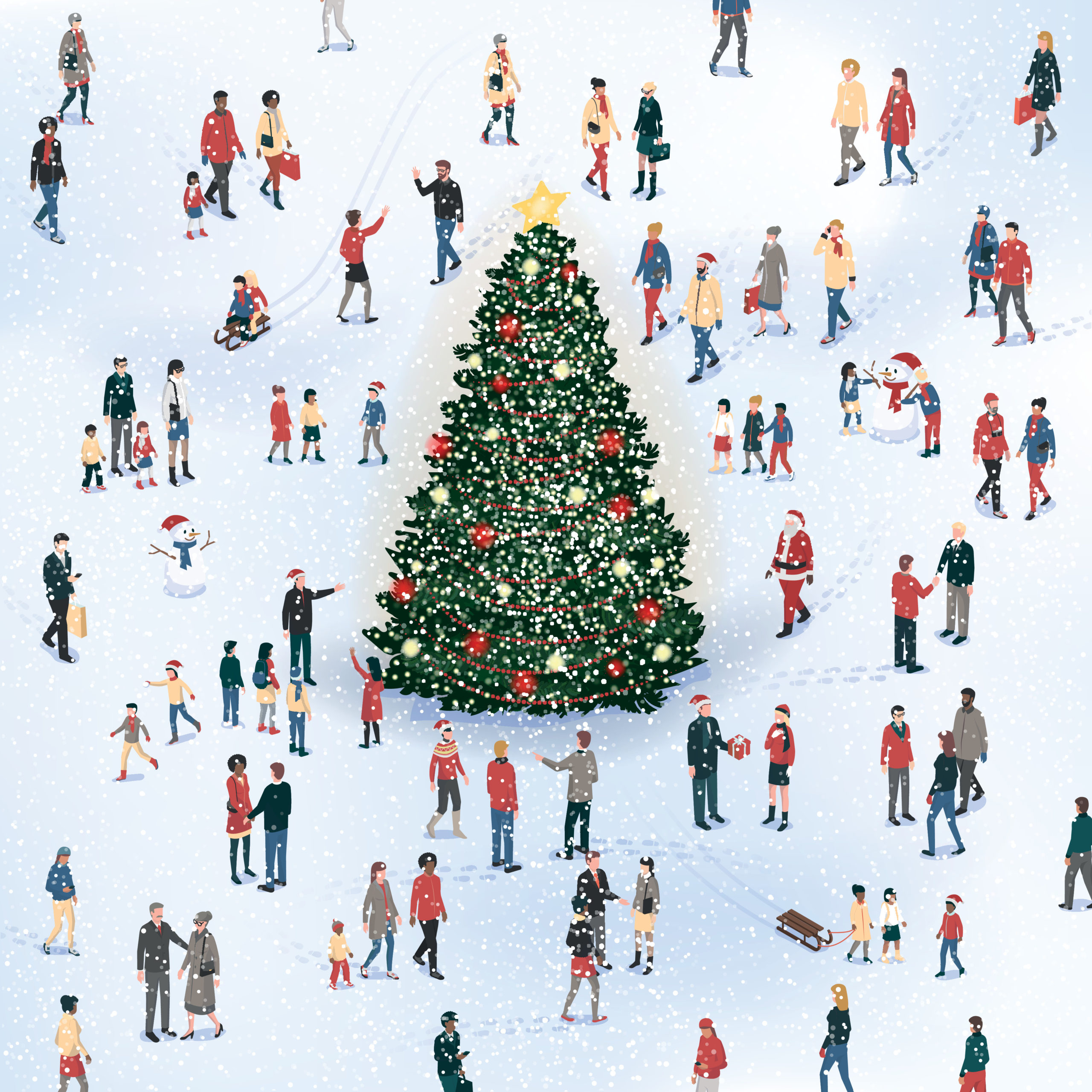
I have been delighted to reintroduce a real Christmas tree to our home for the holidays.
Our artificial tree, which has indeed served us well over the years, and that we have now donated, will hopefully continue to bring the spirit of Christmas to another family and will be used and reused for many years to come.

